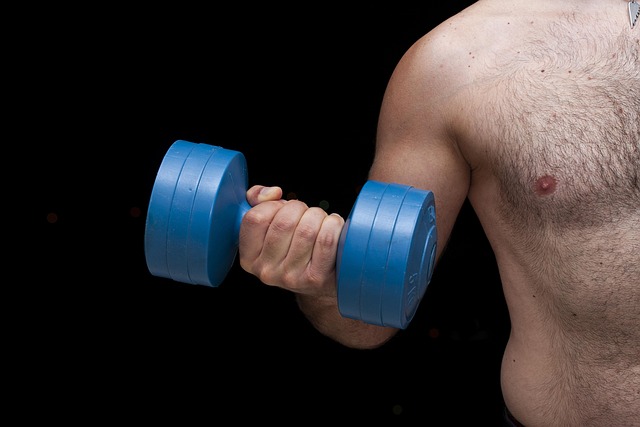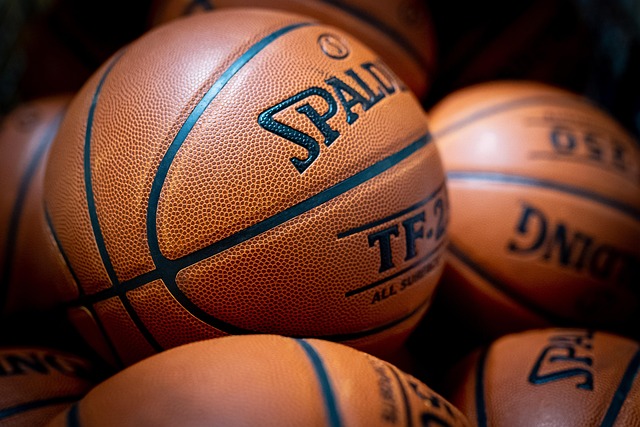When we think about exercise, our minds often leap to the more obvious factors that influence our performance: endurance, strength, and the right nutrition. However, one essential element that frequently gets overlooked is salt. This mineral does more than just add flavor to your food; it plays a crucial role in maintaining a healthy lifestyle, especially for those who lead an active life.
Salt, or sodium chloride, is vital for various bodily functions. It helps regulate fluid balance, supports muscle function, and aids in transmitting nerve impulses. For anyone engaged in regular exercise, understanding the role of salt in your diet can make a significant difference in both performance and recovery.
During exercise, especially in hot weather or during extended workouts, our bodies lose sodium through sweat. This loss can lead to hyponatremia, a condition characterized by low sodium levels, which can result in fatigue, muscle cramps, and even serious health complications. Replenishing salt in your diet is essential to prevent these issues, ensuring that your body remains in optimal condition to perform at its best.
For those who are dedicated to maintaining a healthy lifestyle, the amount of salt you consume can be as critical as the types of foods you eat. While it’s crucial to avoid excessive salt intake due to its association with high blood pressure and other health risks, a well-balanced approach to sodium consumption is vital for athletes and fitness enthusiasts. Prioritizing natural food sources rich in electrolytes, like fruits, vegetables, and even some natural sports drinks, can help you maintain the right balance.
Healthy nutrition goes hand in hand with exercise, and the right amount of salt is an integral part of that balance. Incorporating salt into your diet doesn’t mean reaching for processed foods laden with sodium. Instead, look for wholesome choices that offer nutritional benefits alongside the salt you need. For instance, foods like pickles, olives, and natural broth can provide the necessary salt to help support muscle function, while also offering essential vitamins and minerals that contribute to overall health.
Furthermore, it’s important to listen to your body. If you find yourself feeling unusually fatigued or experiencing cramping during or after workouts, it may be time to reassess your salt intake. Seek guidance from a nutritionist or fitness expert to tailor your diet to your specific exercise regimen and health needs.
In addition to regulating fluid balance and supporting muscle function, salt can also enhance hydration. It encourages the body to retain water, which is crucial before, during, and after rigorous activity. Hydration must be a priority, especially in a society where exercise is often pushed to extremes. Adding a pinch of salt to your water or consuming foods with sodium can be excellent strategies for improving hydration levels.
In conclusion, salt is a critical component of a successful exercise routine, contributing to a healthy lifestyle and nutrition plan. Remember, the goal is to embrace it in moderation and to focus on high-quality sources. The right relationship with salt can power your workouts, support recovery, and keep you feeling your best as you strive for your fitness goals.




